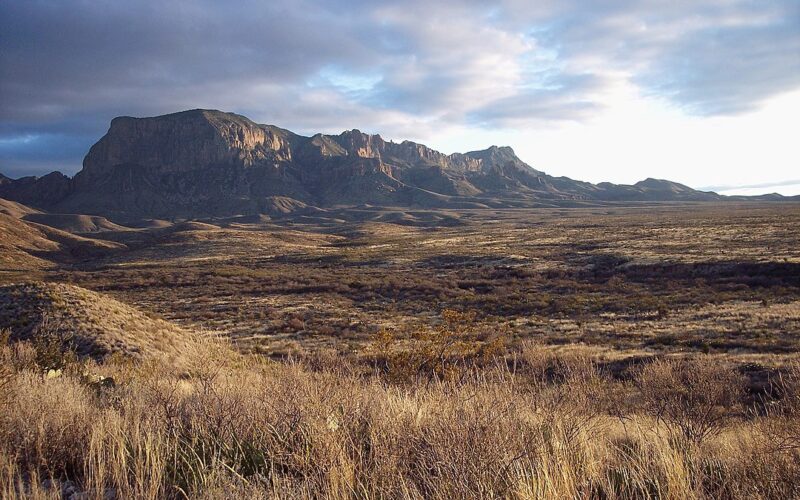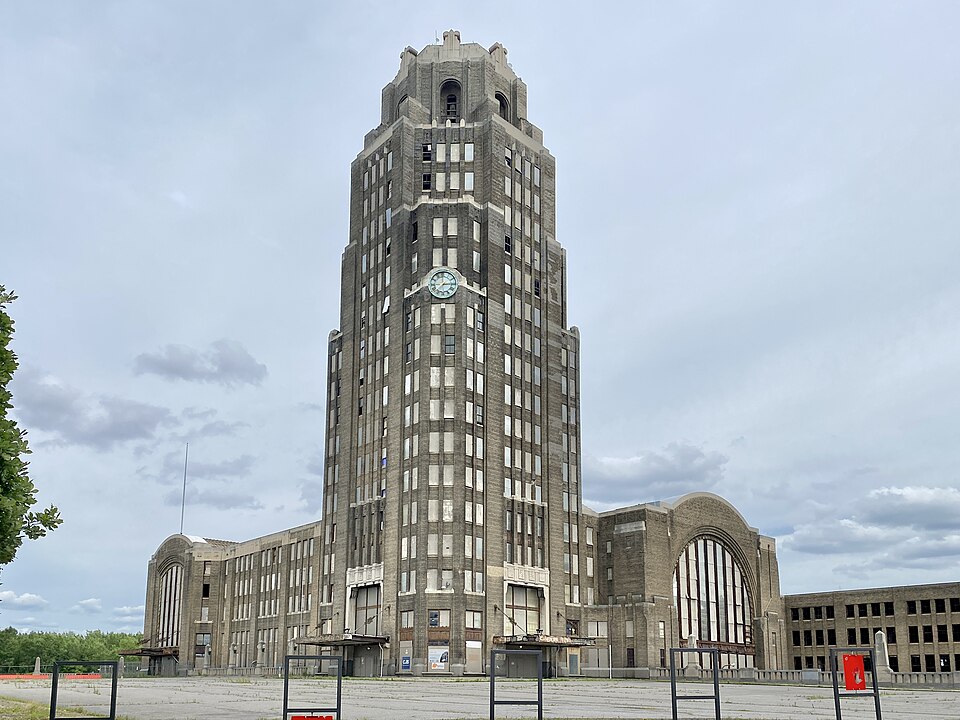Las Vegas dazzles on cue, but its truest moments unfold just beyond the Strip. Out where sandstone replaces signage, the desert holds stories of water, art, risk, and stubborn survival. These detours sketch a fuller portrait of the city: locals escaping into pine shade, road trippers pausing at land art, quiet streets that remember life before neon. Step away from the main drag and the landscape answers with scale, history, and an honesty the casino lights can never fake. Out here, Las Vegas finally breathes.
Red Rock Canyon National Conservation Area
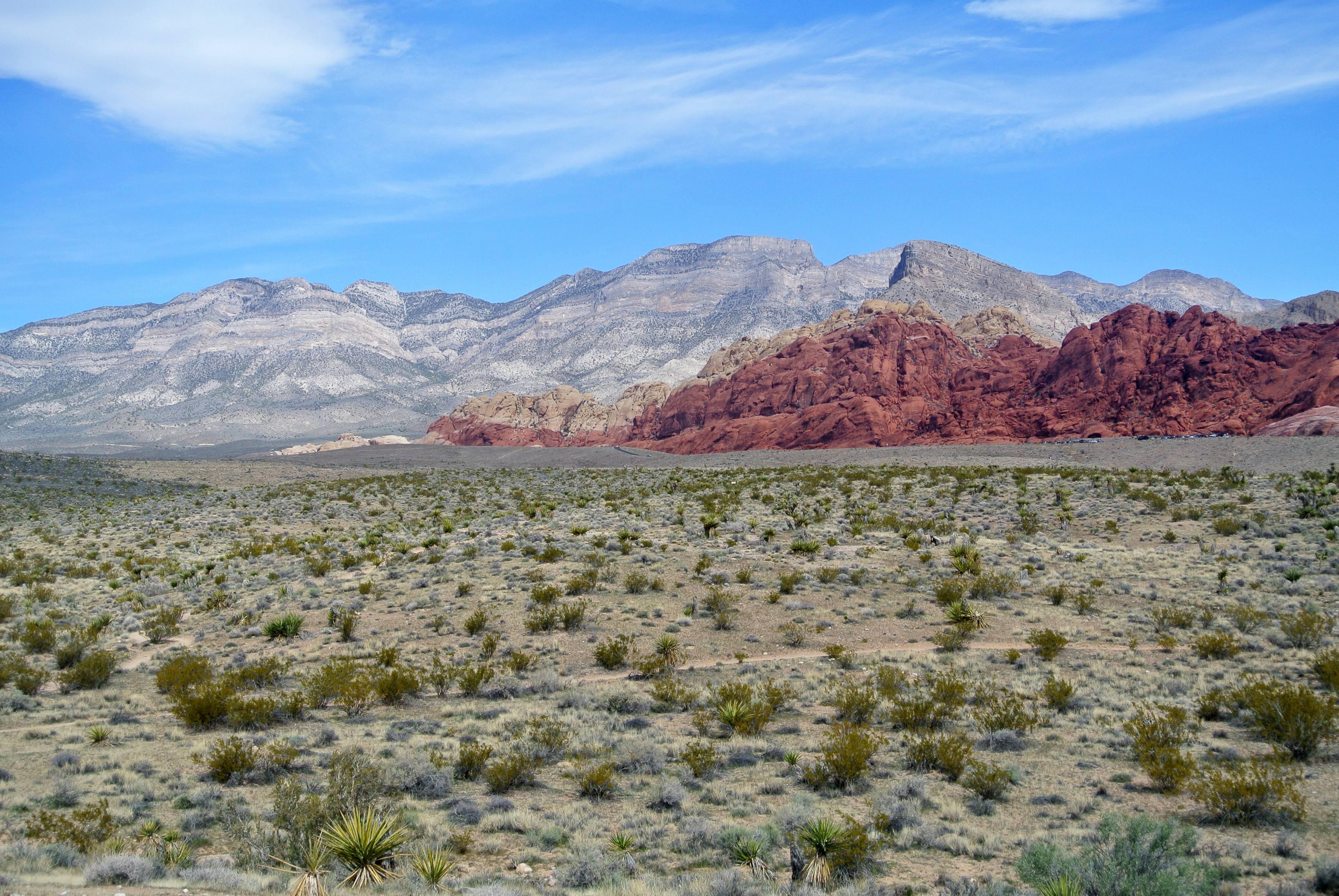
Red Rock Canyon trades casino glare for copper cliffs, a 13 mile scenic loop, and trailheads that feel close enough for a half day but wild enough to reset the senses. Sandstone walls, side canyons, and desert wildlife catch shifting light in slow gradients, making every pullout feel deliberate instead of rushed. It lands as a standing reminder that the Mojave, not neon, holds the final say on what this city is built against, mile after mile.
Valley of Fire State Park
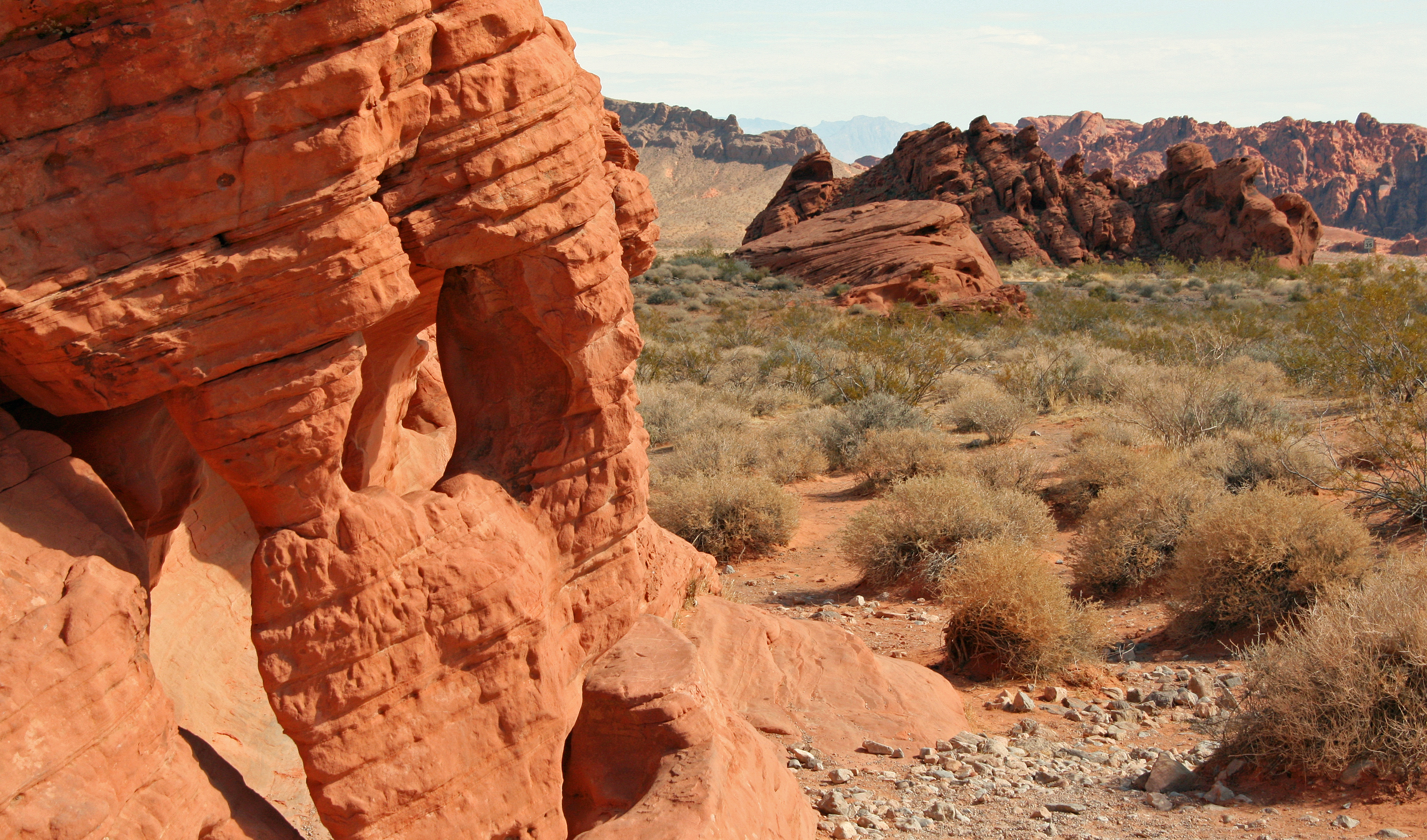
Valley of Fire feels almost unreal, with rust red arches, wave shaped ridges, and petroglyphs carved into stone that glows different each hour. The road slides between tight rock corridors and wide basins where the air sits still and every footprint feels temporary. Campers and photographers treat its overlooks as a deeper pause, carrying that quiet back toward town as a steady counterweight to bright signage.
Mount Charleston And Lee Canyon
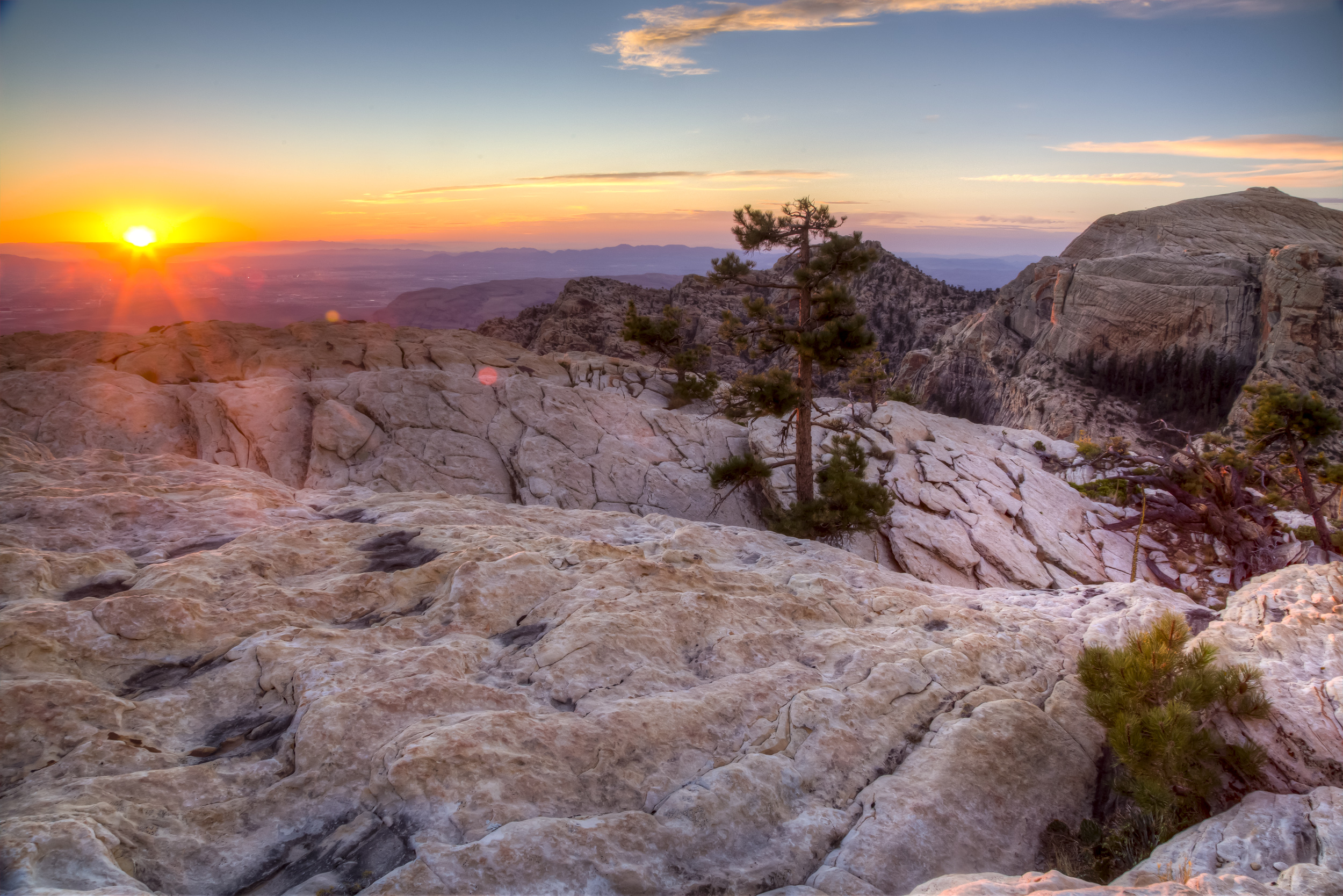
Mount Charleston rises above the basin with cooler air, bristlecone pines, and switchbacks that cut away from triple digit heat in minutes. Winter brings snow, ski runs, and simple lodges; summer opens picnic grounds and shaded trails where hikers and cyclists settle into slower miles. The shift from slot floors to pine needles is so complete it feels like crossing a border, trading noise for clean alpine sky.
Seven Magic Mountains
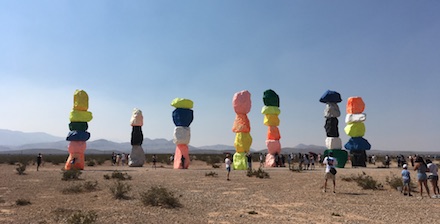
Seven Magic Mountains stacks neon painted boulders against open desert, turning a flat stretch south of town into a sharp visual interruption. At first it reads like a quick roadside stunt, then becomes a marker of how color, sky, and emptiness keep arguing with each other. Visitors park, walk into the open space, and leave feeling that for a brief stop, art rather than advertising is steering the view.
Springs Preserve
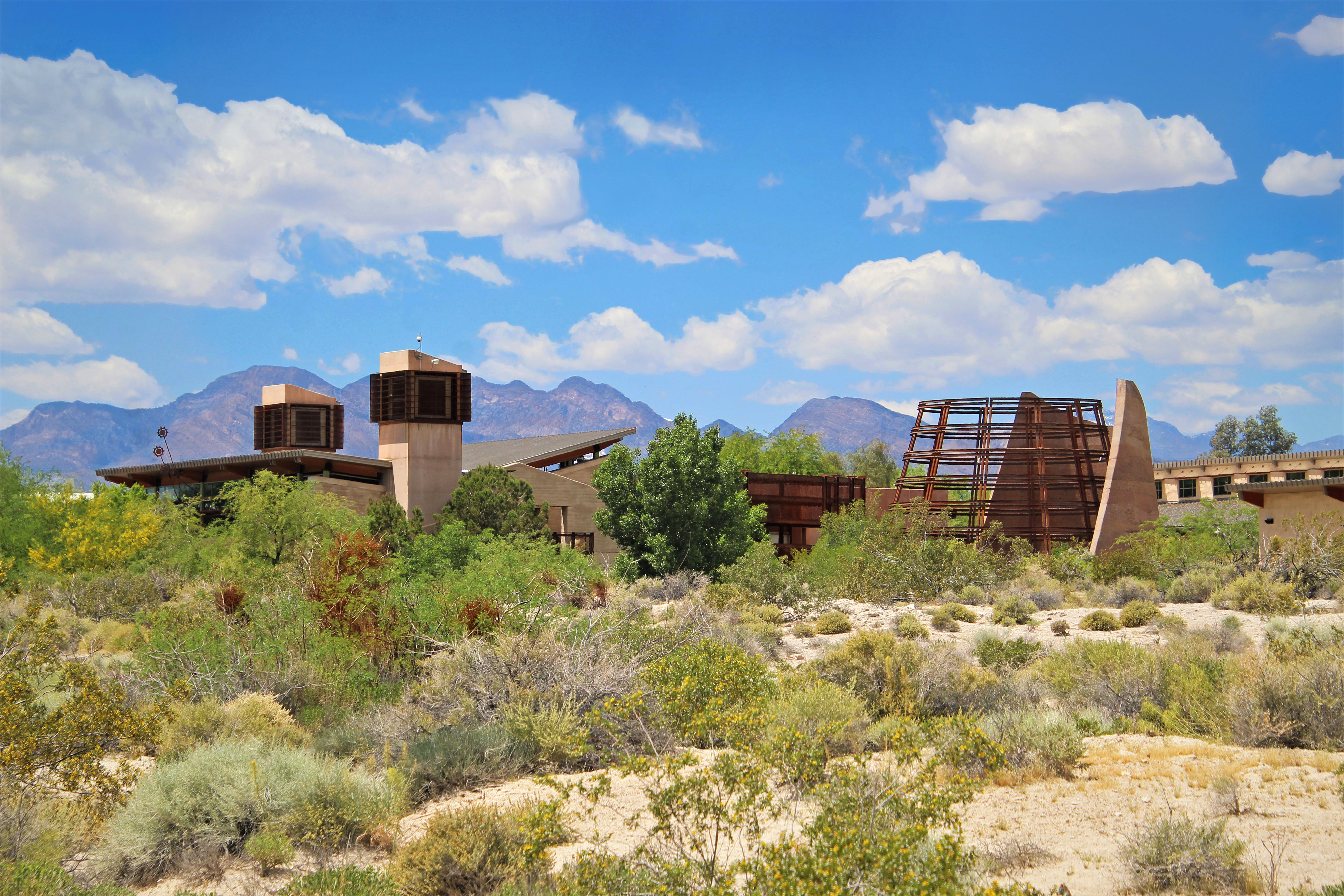
Springs Preserve centers the origin story of Las Vegas around the water sources that once pulled people into the valley. Trails, galleries, and desert gardens trace Indigenous care, railroad ambition, and present day conservation in a way that feels precise instead of loud. Families and students move through shaded courtyards seeing clearly that the city’s future still rises and falls on choices made far from casino floors.
Boulder City And Hoover Dam
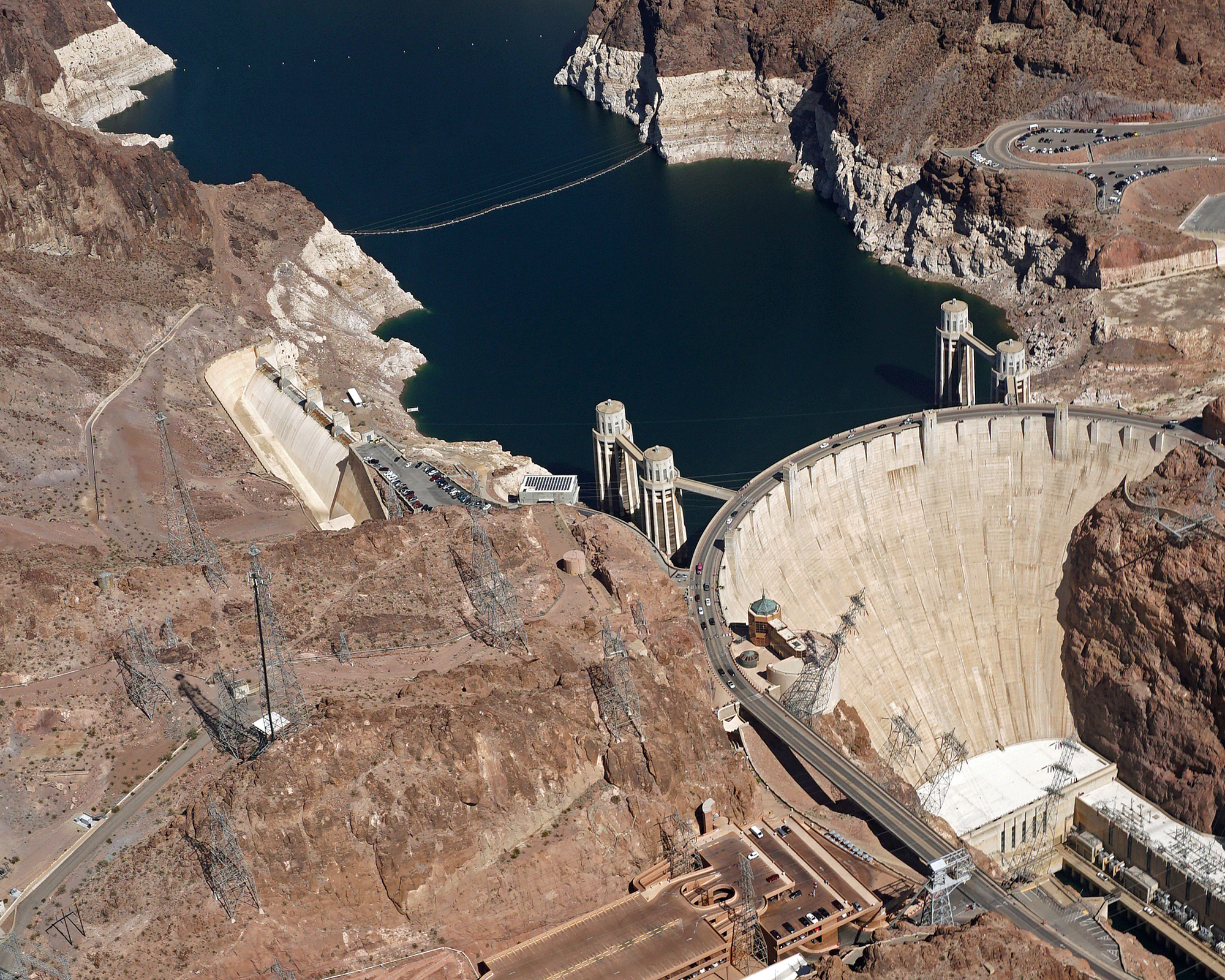
Boulder City keeps low buildings, shade trees, and mom and pop diners, choosing to live without casinos on the route toward Hoover Dam. The dam’s concrete sweep, metalwork, and plunge into Black Canyon still land with full force from its walkways and overlooks. Together they turn a short drive into a clean arc from small town restraint to national scale engineering nerve, with no extra spectacle needed.
Lake Mead National Recreation Area
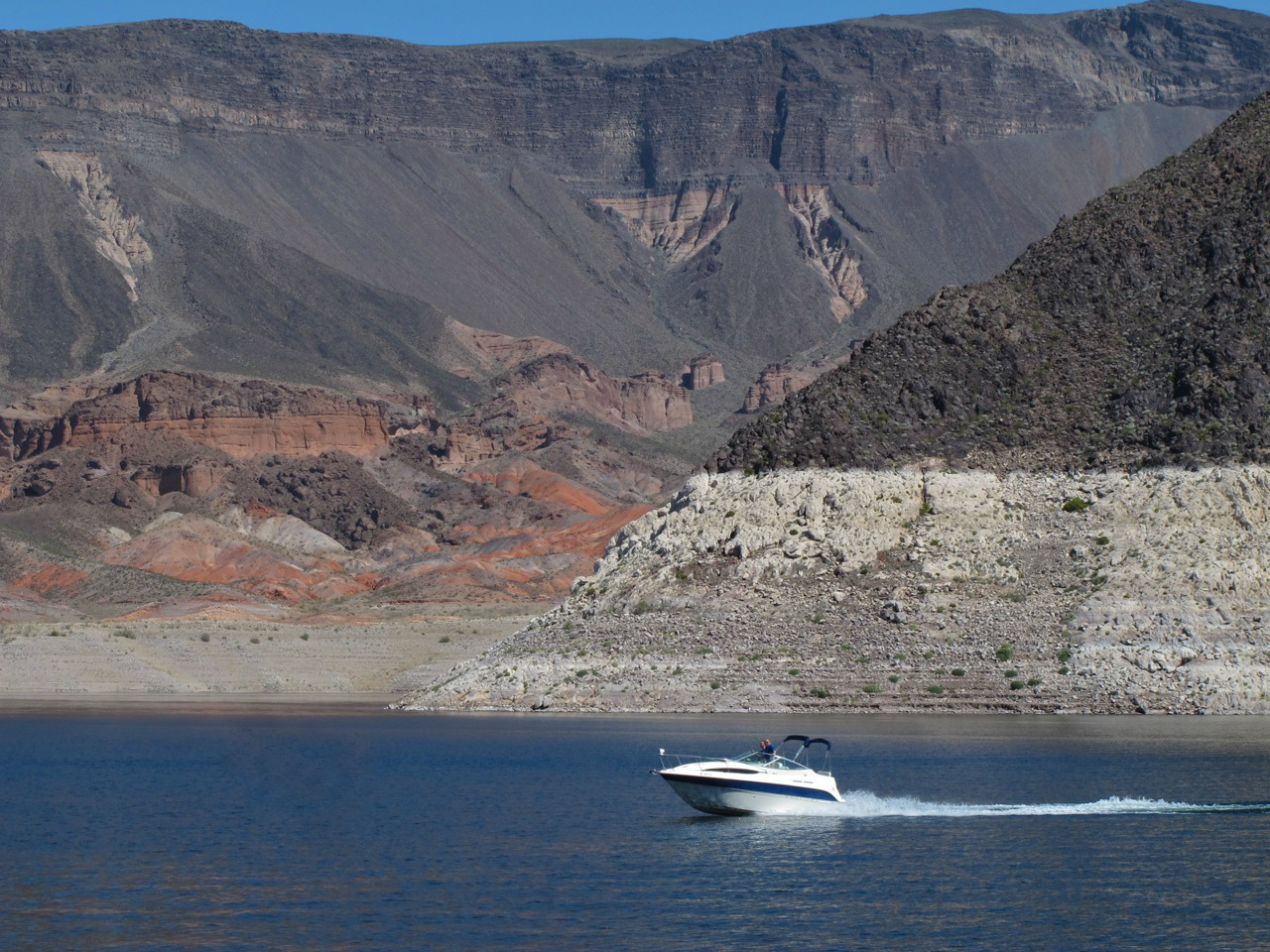
Lake Mead spreads blue water, bronze cliffs, and pale mineral lines beneath high desert sky, a reservoir that doubles as weekend refuge. Marinas, beaches, and coves host fishing trips, houseboats, and quiet paddles that stretch day into dusk without distraction. Every view of the bathtub ring adds weight, reminding visitors that escape, drought, and demand all sit on the same visible shoreline.
Las Vegas Arts District (18b)
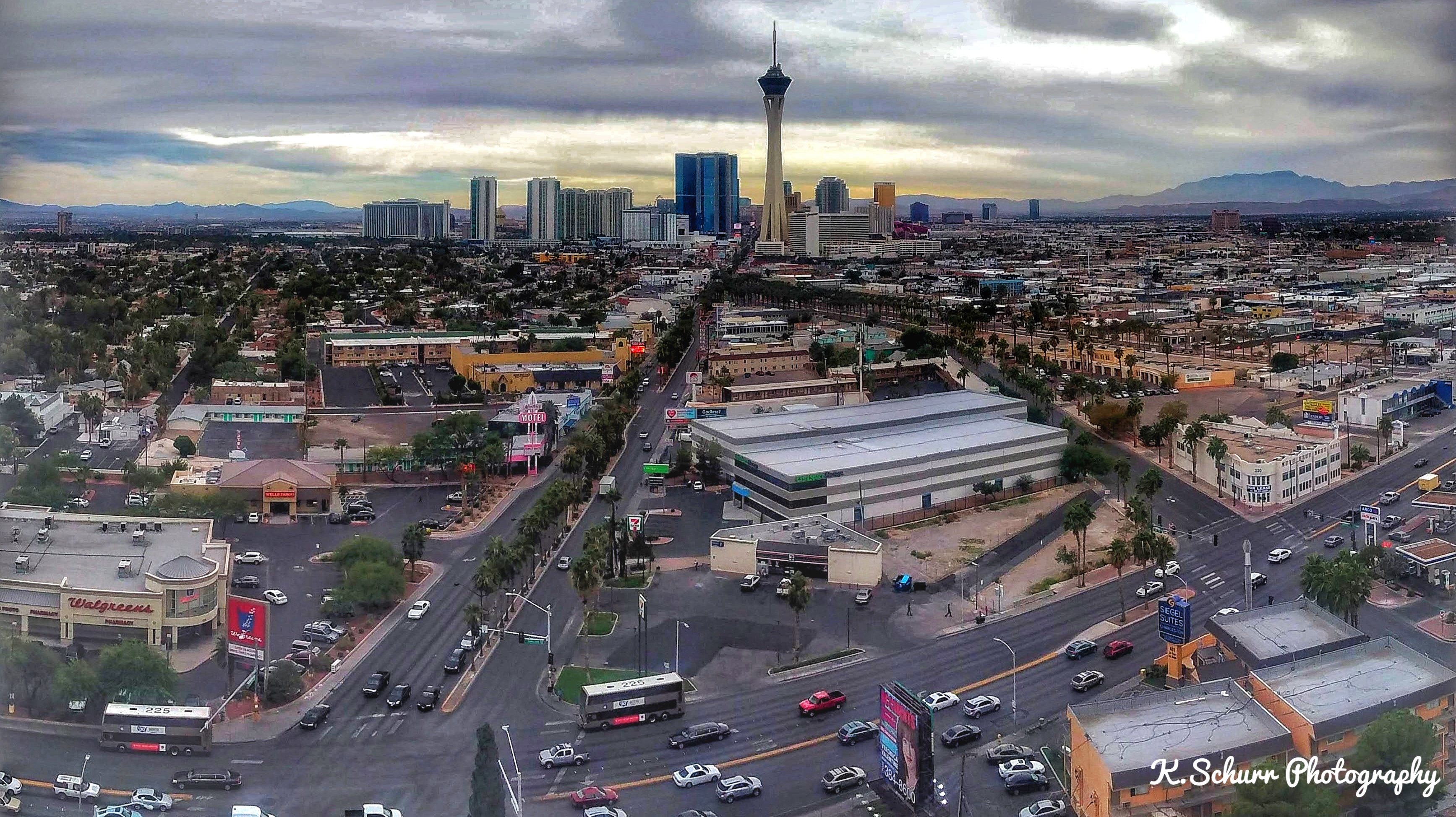
The Arts District south of downtown swaps themed resorts for brick warehouses, vintage shops, murals, and unfussy bars clustered along Main Street. First Friday crowds stack food trucks, music, and gallery openings into a scene that clearly belongs to locals first. Working artists test ideas in public, proving the city’s creative engine moves easily without mascots, marquees, or packaged fantasy guiding every step.
Nelson Ghost Town And Eldorado Canyon
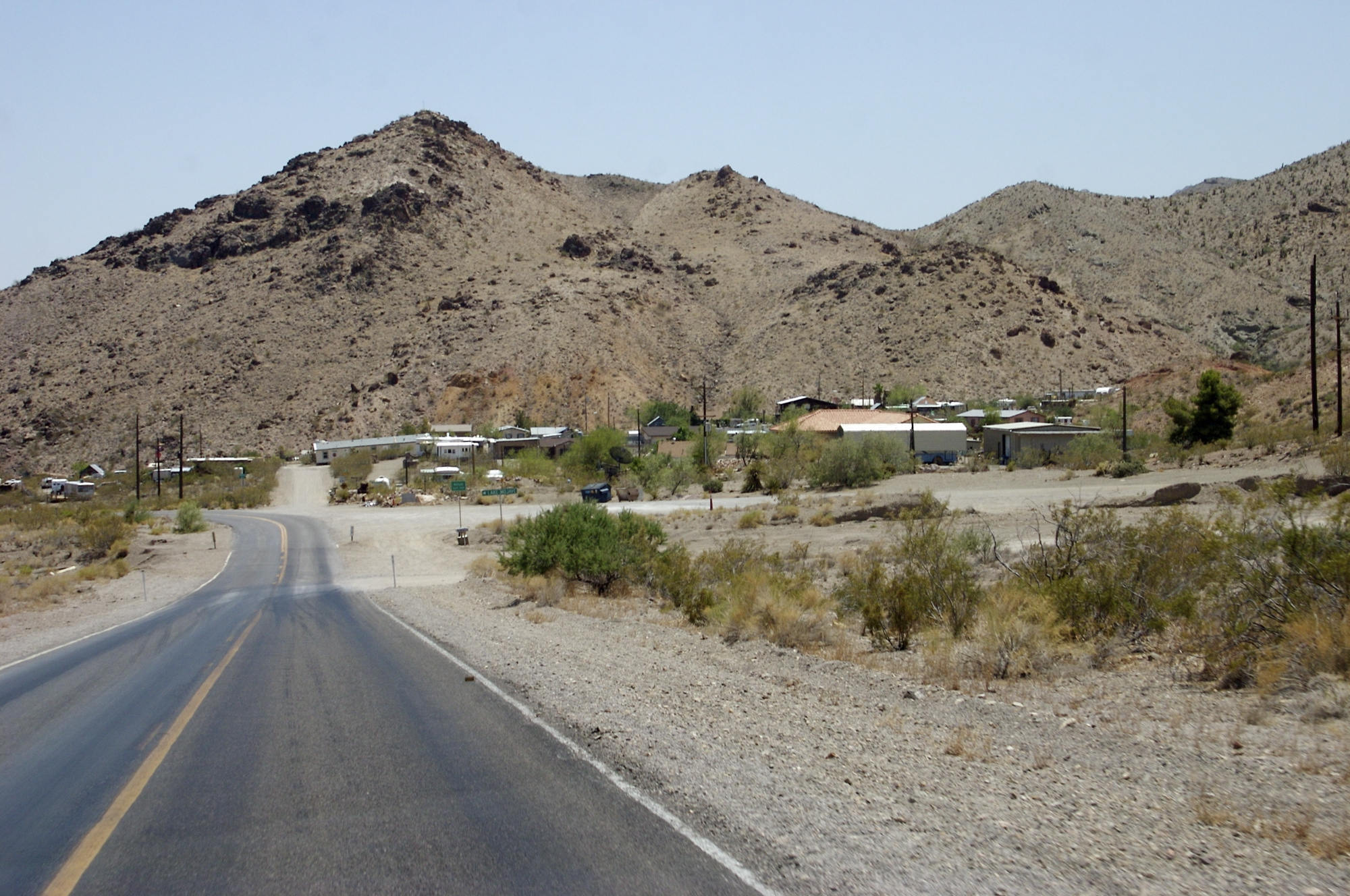
Nelson Ghost Town holds weathered shacks, rusted cars, and scattered mining gear against bright canyon walls, more honest than any fabricated frontier. Light moves across peeling paint and broken glass, turning leftovers into ready made frames for anyone paying attention. Crews, photographers, and history fans drift along the dirt lanes and find both a field studio and a blunt record of what came before.
Clark County Wetlands Park

Clark County Wetlands Park sits on the valley’s edge with cattails, ponds, and dirt paths tracing the Wash toward Lake Mead. Herons, rabbits, and desert songbirds move through a landscape that quietly filters stormwater and softens the city’s footprint. Walkers and cyclists loop through at sunrise or dusk, watching the Strip glow at a distance that feels right for reflection rather than spectacle.
